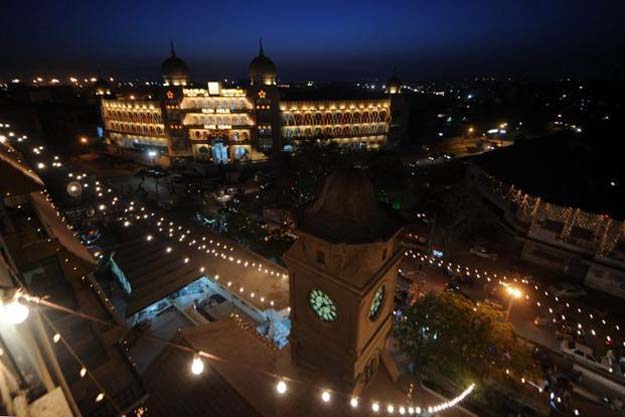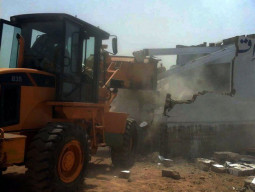
The core sustainability values applied to sustainable development understanding at large and to smart cities in particular are environment, economy and equity - known as the three 'E's - which, in sync with each other, offer the larger construct of sustainability.
Losing touch with nature: Rethink Karachi’s landscape with Suleman Khilji
What is implied is that for a city to be sustainable, it should be economically prosperous and vibrant, where economic growth and development is not happening at the cost of the physical and natural environment and very importantly, where the dividends of economic growth are being shared equitably within all sections of society.
In essence, we are talking about integrated, resilient and inclusive cities. The economic, environmental and social - the critical ingredients of the societal construct - all merge, with 'social' representing the level of inclusiveness ensured.
For example, when we consider smart transportation such as public transport bicycling and promotion of walking, they, while having tremendous environmental benefits, are essentially all modes that benefit the common man as against the emphasis on private automobiles in a non-smart city.
Smart cities talk about controlled vertical growth rather than sprawling cities with gated communities. Smart neighbourhoods promote mixed-use development and walk-able destinations. Even the design of public spaces is undergoing a revolution to make them more connected with communities in terms of locations, design and functions: the concept and practice of Placemaking.
Travelling through time and space with ‘Dhows of Karachi’
Placemaking inspires people to collectively reimagine and reinvent public spaces as the heart of every community. Strengthening the connection between people and the places they share, Placemaking refers to a collaborative process by which we can shape our public realm in order to maximise shared value.
More than just promoting better urban design, Placemaking facilitates creative patterns of use, paying particular attention to the physical, cultural, and social identities that define a place and support its ongoing evolution.
Is Karachi then a city being planned or designed for the common man? Far from it; the common man stands nowhere in the city's growth considerations. The government, since long, has failed to provide low income housing for the teeming millions in desperate need of affordable and decent shelter. The results are obvious; they occupy undesirable spaces in the city - along nullahs, right of ways of railway tracks and similar areas and face dire risks to their health and safety.
As a symbol of growth, we parade our gated (environment friendly and green!) settlements that are actually considered a significant symbol of a non-smart, non-inclusive city!
The city's transport infrastructure for long has facilitated private automobile-based transport. The long line of flyovers serves best the car owners. It is criminal that for a city of 20 million plus we still do not have a mass transit system. You can only ride a bicycle at risk to your lives while the pedestrian finds no conveniences to make his or her life easier.
'It feels like London': Inspiration and awe as Karachi landmark takes new form
The recreational infrastructure and spaces are also largely of a nature and locale that the common man is excluded from them. The list of items indicating iniquitous growth is long and depressing.
What is clear is that at the core of Karachi's ails is the fact that a vast majority of its population is marginalised in terms of access to decent housing, critical civic services and infrastructure and significantly also by not having a voice in the political processes that continue to shape - rather de-shape - the physical and natural landscape of Karachi.
Unless the planning and development processes are geared for prioritising the needs and aspirations of the common man, there is absolutely no chance of transforming Karachi into a sustainable and smart city.
The writer is an urban planner and runs a non-profit organisation based in Karachi city focusing on urban sustainability issues. He can be reached at fanwar@sustainableinitiatives.org.pk
Published in The Express Tribune, May 2nd, 2016.



1732256278-0/ellen-(1)1732256278-0-165x106.webp)
1725877703-0/Tribune-Pic-(5)1725877703-0-165x106.webp)












COMMENTS
Comments are moderated and generally will be posted if they are on-topic and not abusive.
For more information, please see our Comments FAQ